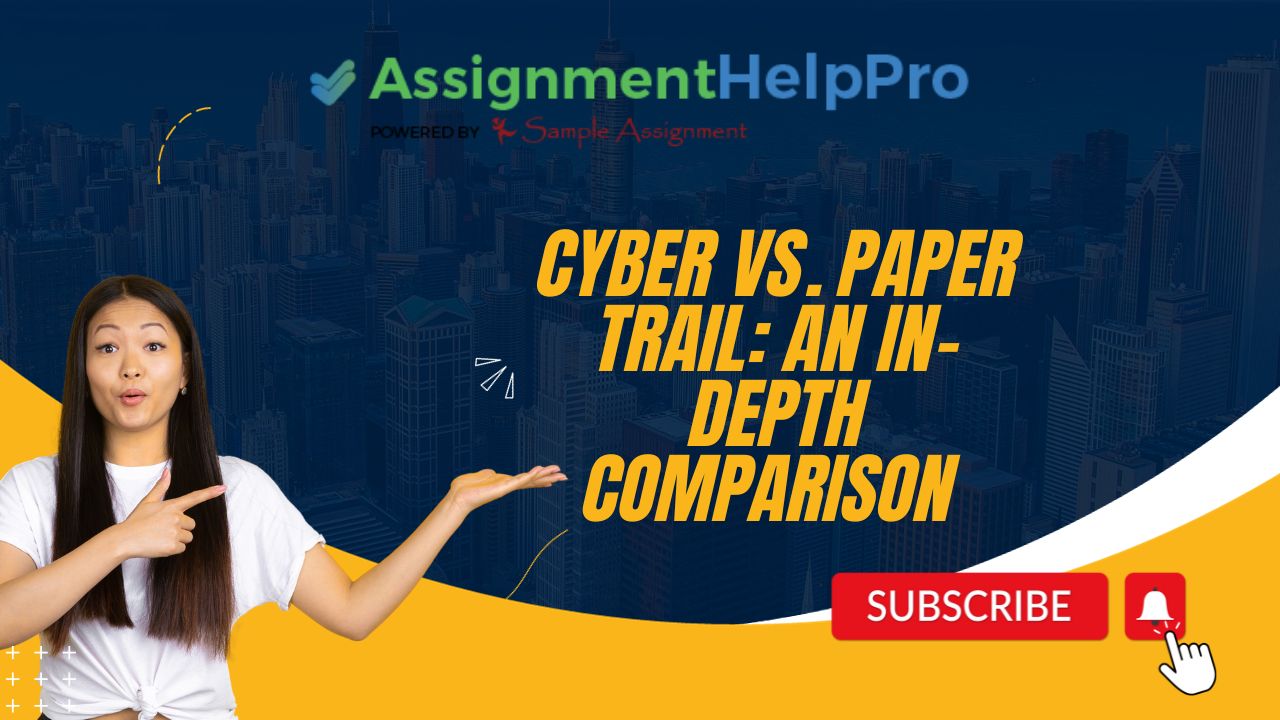What a time to be alive, huh? As we navigate this digital age, our educational institutions are forced to revamp century-old practices in favor of more tech-savvy approaches (queue online assignment submissions). But does this mean we’re ready to bid adieu to traditional paper assignments? Let’s hop into this roller coaster debate, shall we?
Introduction
Remember the good old days where the only way to hand in your work was printing or handwriting them? Yeah, those crumpled papers stashed at the bottom of our bags and the last-minute panic to locate your assignment before the bell rings – yes, I’m talking about the traditional method of submitting assignments. Fast forward to today, most schools around the globe are journeying along a digital path that favors submitting assignments online.
In this article, we’re going on an investigation. Yes, you’re right! A deep dive into the pros and cons of both assignment submission methods and an exploration into the pedagogical impact of each. Grab your thinking cap and buckle up, because we’re in for an enlightening ride.
Section 1:
The Traditional Route: Pros and Cons of Offline Assignment Submissions
Advantages of Traditional Assignment Submissions
Now, let’s kick things off by shining some light on our historic friend – offline submissions.
First, there is something sentimental about the physical act of writing or printing an assignment. The countless research shows that it actually helps us remember information better and reduce the risk of falling prey to the Shiny Object Syndrome (hello, juicy YouTube rabbit holes).
Secondly, minimizing digital distractions is a real perk of the traditional format. With less screen time, there is less temptation to scroll through social media feeds.
Lastly, let’s not forget the power of developing writing skills. Yeah, I know. It’s almost a dying art—and let us cherish and preserve it while it lasts.
Disadvantages of Traditional Assignment Submissions
Like with any other things in life, traditional submissions do come with their fair share of hang-ups.
Tops on the list is flexibility (or the lack of it, really). Physical submission constraints mean no last-minute changes or submissions if you’re ill or you simply can’t bear to leave your cozy bed.
Moreover, let’s not ignore the elephant in the room—the environmental impact of all that paper.
Lastly, I think we can all agree that keeping track of dozens of papers isn’t exactly a cakewalk.
Section 2: Reimagining Assignments: Pros and Cons of Online Submission
Now, welcome to the modern side of town – online submissions!
Advantages of Online Assignment Submissions
There’s a reason why we’re leaning towards cyber submission:
Talk about convenience! Submit your work from anywhere without having to print or hand-write them.
It’s also a thumbs up for Mother Earth with considerably less paper usage.
Plus, online submissions are a godsend for organization addicts. With everything in your digital folders, losing an assignment is a thing of the past.
Disadvantages of Online Assignment Submissions
However, no matter how shiny and technologically advanced this sounds, it does have its own mice in the attic.
Firstly, the internet isn’t universally accessible (say what now?). Some students might not have the luxury of a reliable online connection or digital devices.
Secondly, the unfortunate ease of copy-pasting makes plagiarism a rather tempting option.
Lastly, losing out on the tactile learning experience is a significant shortfall of online submissions.
Section 3: Pedagogical Considerations: Educational Impact of Submission Methods
Time to put our educational lens on!
Pedagogical Benefits of Traditional Assignments
Let’s give credit where it’s due. Pen-and-paper assignments certainly help to reinforce learning by enhancing cognitive skills. The mental process involved in handwriting or typing out your assignments and reading through physical copies does stimulate your brain in a different way.
Pedagogical Limitations of Traditional Assignments
However, relying on traditional assignments only can lead to a one-dimensional learning style and potentially cause higher stress levels.
Pedagogical Benefits of Online Assignments
On the other hand, online assignments can broaden learning horizons by encouraging the use of various tech tools. Not to mention they provide a platform for interactive and collaborative learning.
Pedagogical Limitations of Online Assignments
A counter-argument though is that online assignments might lead to reduced student engagement and promote surface-level learning. It’s like running an ultra-marathon with all the bells and whistles but forgetting to tie your shoelaces – it’s bound to trip you at some point.
Section 4: The Students’ Perspective: Preference for Submission Methods
What do the real stakeholders – the students – prefer?
Insights into preferences for traditional submission
Feedback reveals students enjoy the tangible nature of physical assignments and perceive them to be more effective for solid learning.
Insights into preferences for online submission
However, there is no denying the charm of technology. Students appreciate the convenience and quick-feedback feature that online submissions allow, while also preparing them for the digital future.
Section 5: Striking A Balance: Integrating both Traditional and Online Submissions
Here’s an audacious thought: What if we blend both methods?
Advantages of a blended approach
Combining offline and online submissions could cater to various learning styles and encourage adaptability.
Challenges of implementing a blended approach
But, we must acknowledge that this may lead to increased administrative tasks for teachers and demands versatility.
Conclusion
In the melee of Cyber Vs. Paper Trail, remember that the best submission method is probably no ‘one’ method. Rather, educators need to approach assignment submissions with a chameleon-like adaptability, switching between online and offline as per the need of the hour.
FAQs
FAQ1: Why is it important to consider assignment submission methods in learning?
Learning isn’t just about facts and figures. It’s also about the process. The mode of assignment submission can significantly impact a student’s comprehension of the subject, interaction with the material and the convenience of studying.
FAQ2: How can the disadvantages of both traditional and online submission be mitigated?
The trick lies in balance. A judicious mix of traditional and online submission, considering factors like assignment type, student preference and resource availability, can offset the downsides of both these methods.
FAQ3: What educational trends can we expect in the future regarding assignment submissions?
Based on the demand for adaptability and responsiveness in education, it’s reasonable to expect a future where digital and print co-exist, complementing and supplementing each other’s strengths and limitations.
So, dear readers, what story does your paper (or lack of it) tell? As we navigate this debate, let us not forget that our goal is effective and engaging education, no matter what the medium. And with that, I rest my case.
Assignment Help Pro offers invaluable support to students navigating the choice between online and traditional assignment submissions in “Cyber Vs. Paper Trail.” With their expertise, students can make informed decisions tailored to their needs and preferences. Assignment Help Pro provides insights into the advantages and disadvantages of both methods, offering clarity on the evolving landscape of assignment submissions. They address concerns about technology, accessibility, and the impact on grades, guiding students toward making the right choice. Whether one prefers the convenience of online submissions or the familiarity of traditional paper trails, Assignment Help Pro ensures students are well-equipped for success.
For similar Read : Blogozilla.com



